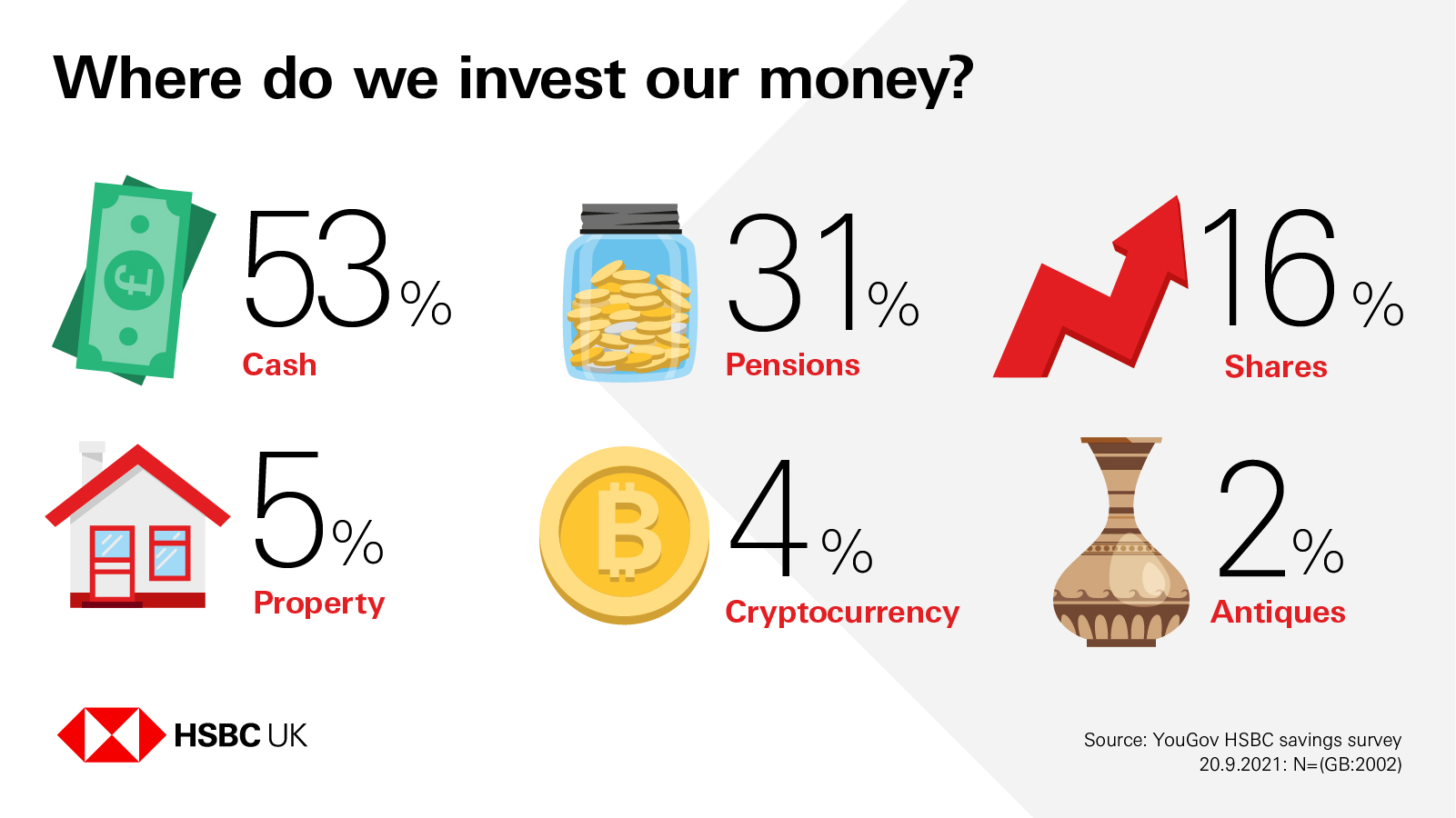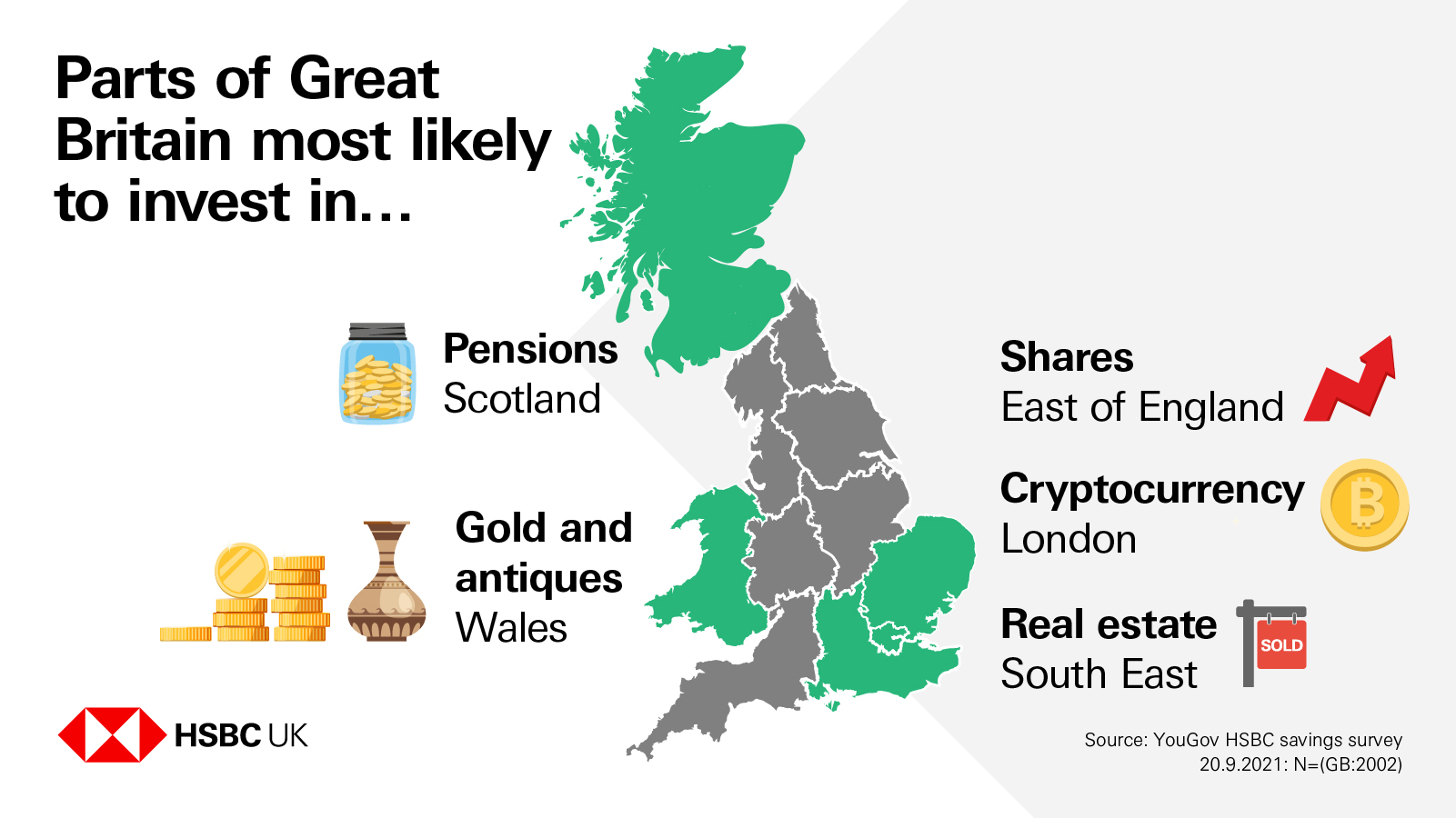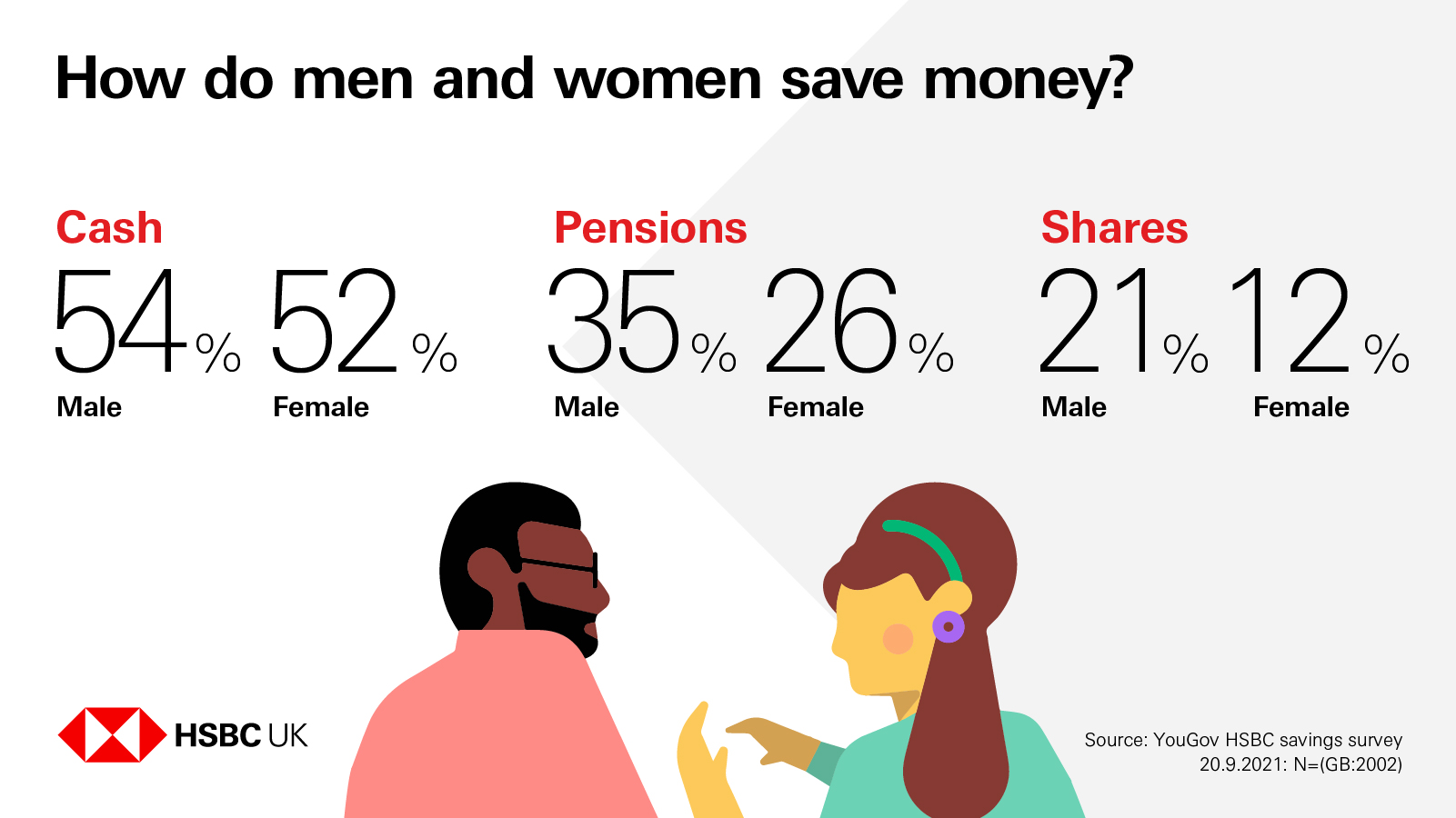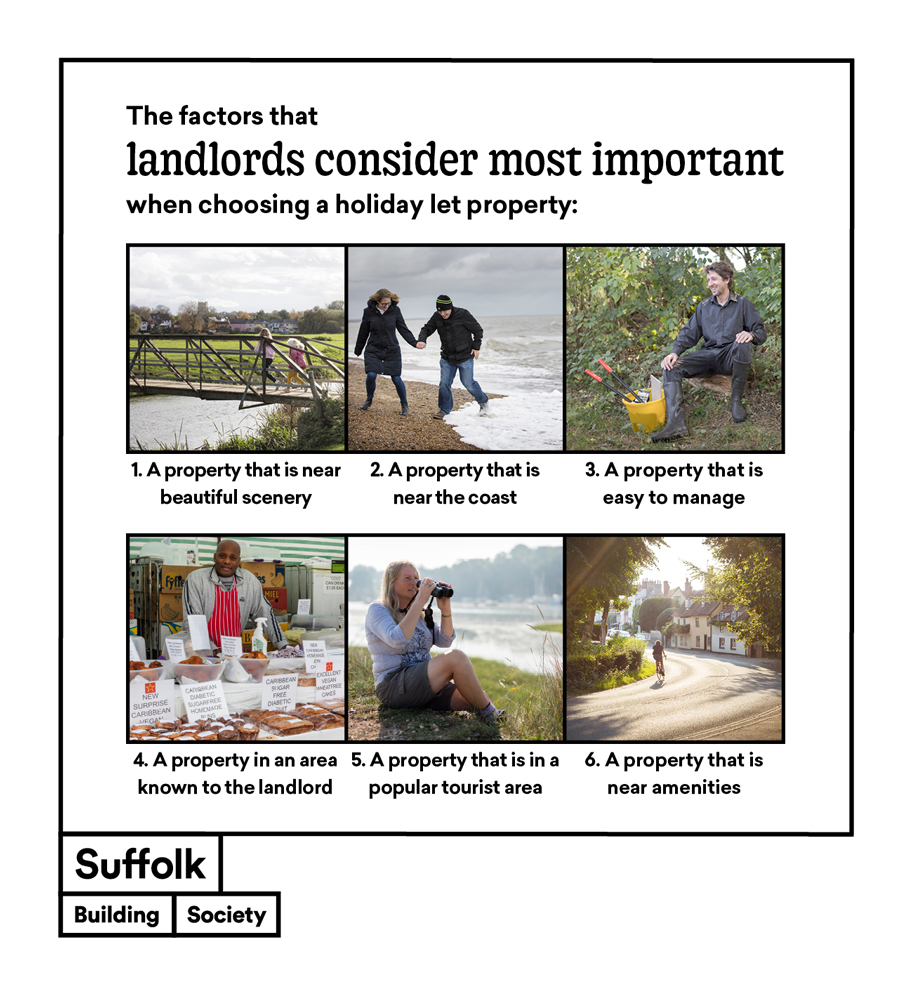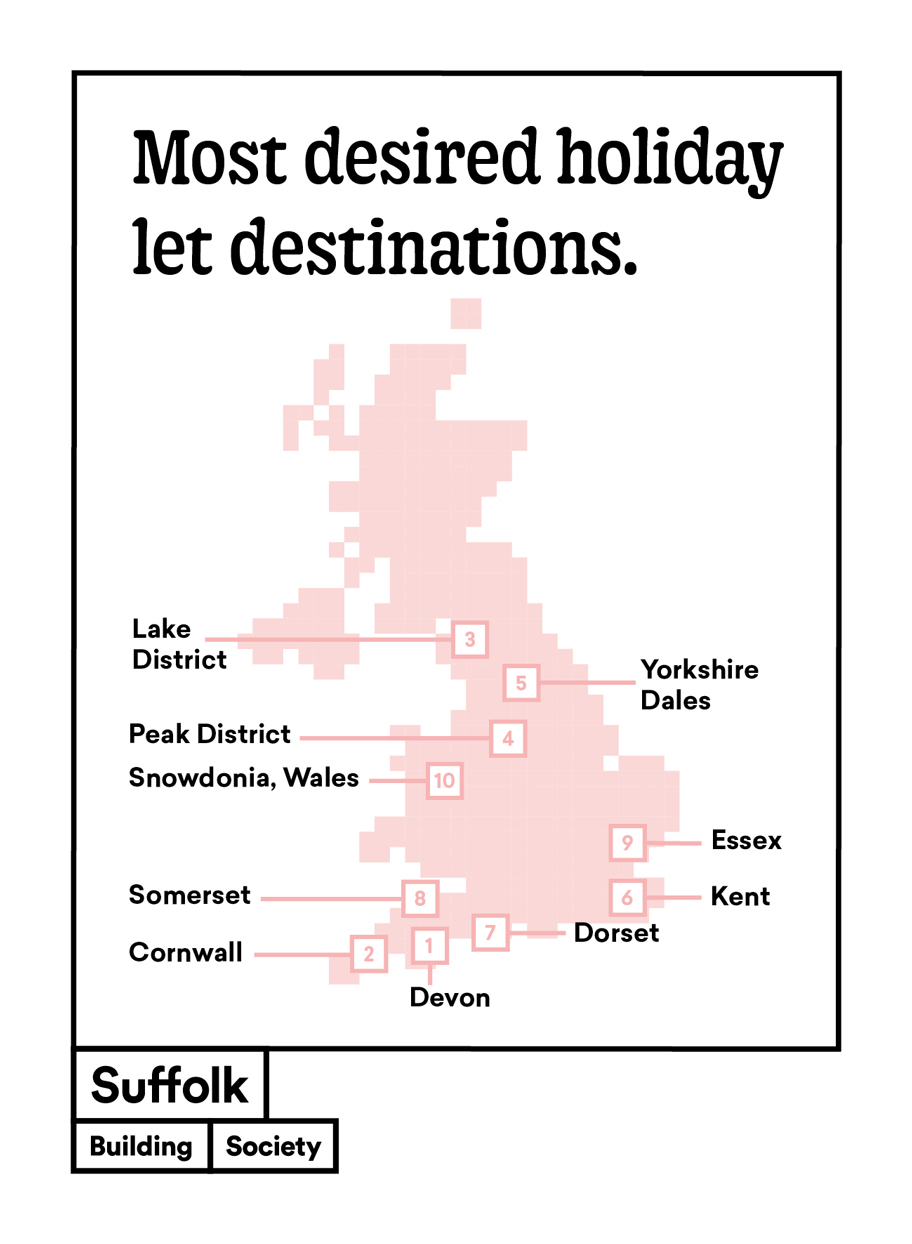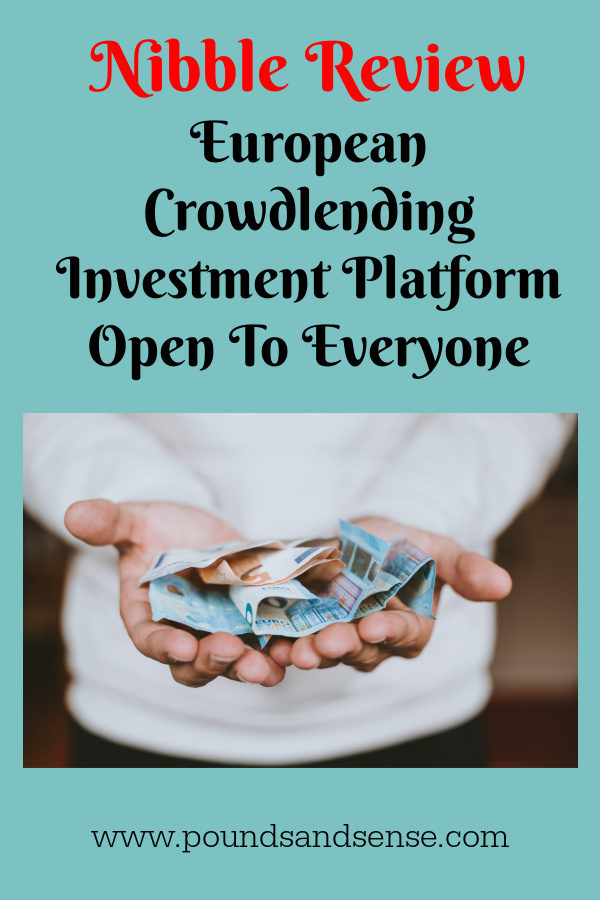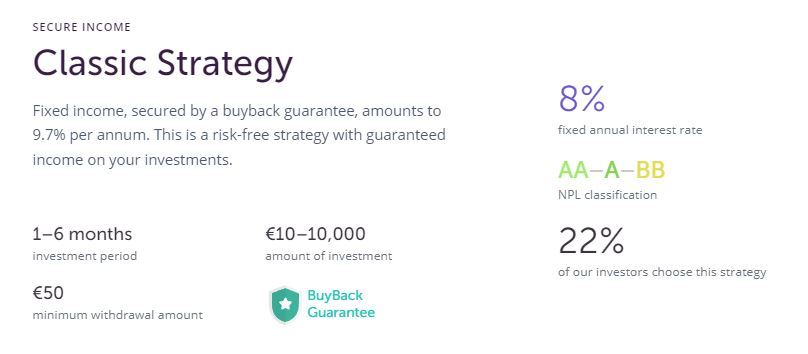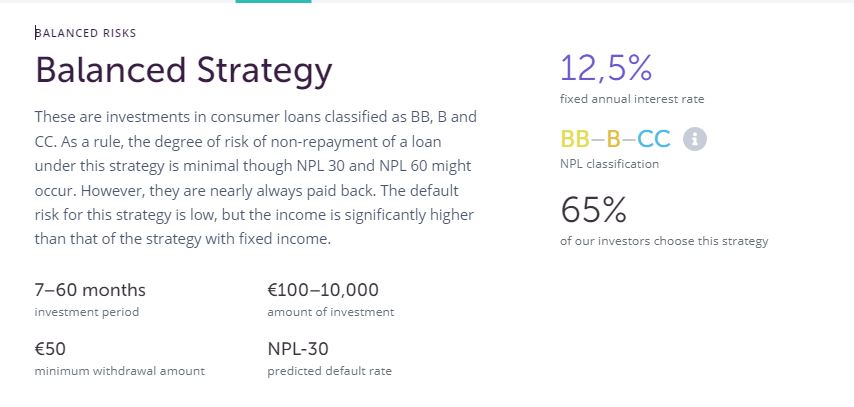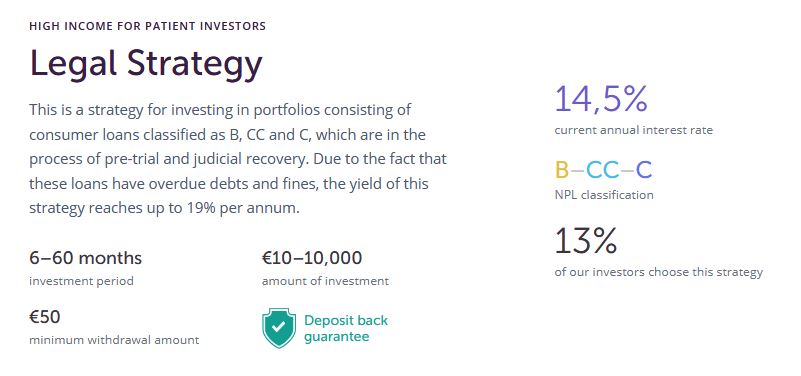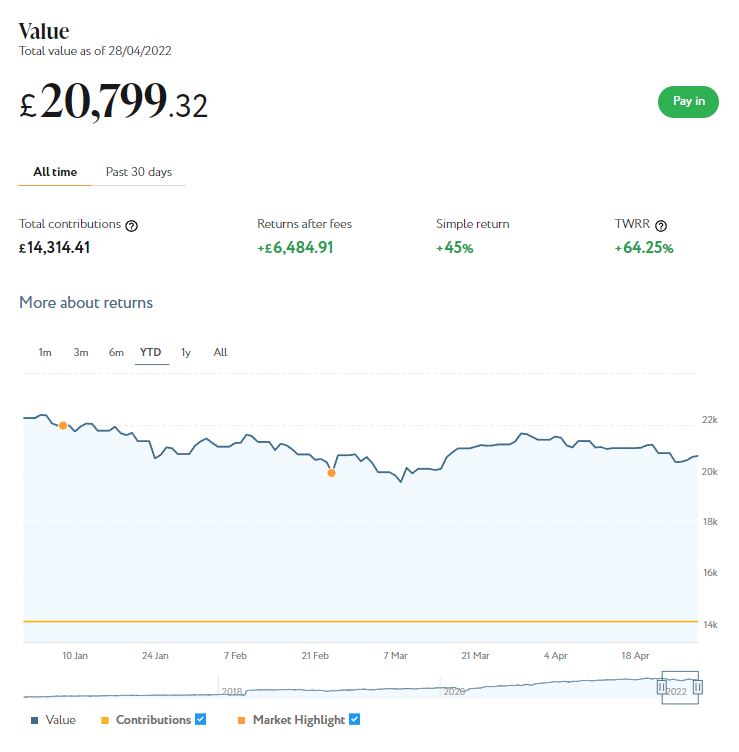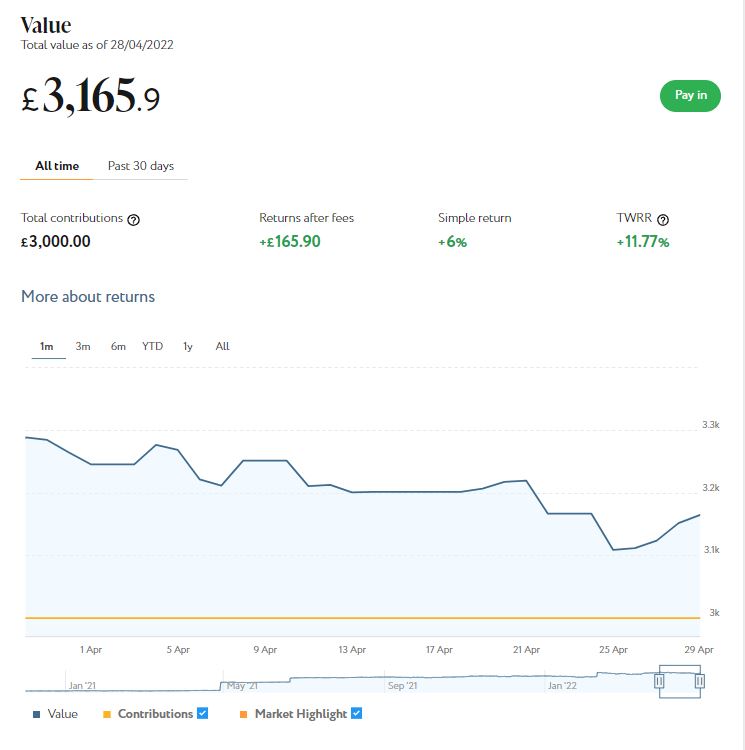Guest Post: Financially Fat to Financially Fit!
Today I have a guest post for you from my colleague Richard Winstone (not pictured above). Richard has just launched a new, diary-style blog called Financially Fat about his quest to achieve ‘financial fitness’.
I thought Financially Fat could be of interest to many Pounds and Sense readers, so I invited Richard to create a guest post about it. He was happy to oblige, so here is his article.
Hi everyone. I’m Richard Winstone and I write a blog called Financially Fat.
I want to start this post by thanking Nick for allowing me to guest blog on Pounds and Sense. I appreciate the feedback he has given on my blog and am really proud to have this opportunity to showcase Financially Fat to the Pounds and Sense community.
What is Financially Fat?
“If financial fitness is the aim, then I am Financially Fat.” This is the tag-line of the Financially Fat blog.
Being financially fat isn’t supposed to paint the image of a fat, wealthy man. It’s meant to imply that my finances are out of shape, which they are.
I’ve decided to take a no-holds-barred approach to financial honesty in my blog: the good, the bad and the ugly. So, in the second post I wrote down my complete financial position. I left nothing to the imagination and fully revealed my “financial nakedness”. I did this because I wanted my readers to know that I’m not another rich guy giving quick tips to save a few quid (not that there’s anything wrong with that), but that I’m actually financially struggling and that I’m taking action to improve my financial fitness.
Financially Fit is written as a diary, in which every Friday I comment on how I did with the previous week’s targets and set new targets for the following week. There are also a couple of sections of me rambling about my thoughts from the previous week, which I hope are insightful but may just be the ramblings of a mad man 😉
The purpose of the blog is two-fold. First, I want to chronicle my journey from being financially fat to being financially fit. I think this is easier to do weekly while I’m on the journey rather than try to remember what I did after (I hope) I’ve become financially fit. And second, I’m hoping to provide a step-by-step guide for others to follow to help improve their financial fitness. I write and post my blog to the over50smoney.com website and email it out to our over50smoney community each week.
So, below is a quick summary of how my blogging journey has gone so far, now that I’m five weeks in…
I won’t say much about this. It is a simple five-paragraph post introducing myself and the Financially Fat blog.
Week 1 – My Starting Point and What Is Financially Fat?
This is another introductory post, but it goes into much more detail. I start by detailing what I hope to gain from Financially Fat and then move on to set out my starting financial position, including my salary, savings, debts, shares, assets and anything else I could think of. It’s a complete works of my financial position, which I’ve committed to reviewing monthly in a similar format so I can see how my financial position improves month-to-month (the next review is this Friday and I’m nervous!).
Right, Week 2 is when it starts getting more interesting and where the format of the blog really starts to become clear. I started this post by highlighting three things I did that were bad for my finances over the previous week, which were:
- Moving home (kind of unavoidable)
- Working from Costa far too often
- Dining out
I then came up with the idea of setting targets for the following week to address things that I’ve done wrong in the previous week, with the hope that I’ll eventually move away from bad habits that cost me way too much money. This seems to be working to be honest, at the moment I’m down to working from Costa only once or twice a week and usually only for a couple of hours each time rather than full days.
Week 3 – A Marathon, Not A Sprint
Continuing the development of the blog format, Week 3 is where I started titling the blog posts a little more nicely, and where I started summing up my financial savings from following the targets on my previous week.
In this post, I point out how working from Costa only once a week instead of five times a week can save me around £50 per week, over £200 per month! I also discuss setting yourself targets as you follow the blog. Reading it is (I hope) interesting, but for the blog to be useful you need to follow the thought processes I go through and make sure you’re applying them to your own life. So, if you have a small, seemingly inexpensive habit that you do frequently, then I recommend reviewing how much that habit has actually cost you over a month and see how much you could save by cutting down.
In Week 4 I discussed the target of reviewing my standing orders and direct debits. After just one review, which took about 45 minutes, I was able to save just under £600 per year! Which is insane. I continued to review into the following week but was only able to save an additional £1 per month by changing my gym membership.
This is also the week I formalised my “Ramblings” as an introduction to the blog, I hope you enjoy reading them and please feel free to email me any time to comment, ask questions or provide suggestions (I’ve been getting some great tips from readers!).
Week 5 – Overcoming My White Whale
By this point, I’ve started getting really into the money-saving game. I’m also discussing things like increasing income to ensure I’m not reliant only on my salary.
But, as the title indicates, I talk about tackling my biggest challenge yet, which is currently destroying my finances – smoking! I know, it’s a horrible habit and I’m obviously very aware of the negative health affects as well as the impact it’s having on my bank balance. So, I’ve set out a five-week plan to quit (which I can say I’m currently doing okay on, but it has only been four days).
Cutting out smoking could save me around £2,400 per year, which means from the Financially Fat blog I would have saved around £3,200 a year in disposable income just in the first five weeks, and there’s still so much more work to do!
Follow the Financially Fat Blog
That’s it for the summary of my first six blog posts. I hope you will click through and give them a read as there’s a lot more information in there and some interesting views, I like to think.
If you’re interested in following my blog, please head over to over50smoney.com and sign-up for our newsletters. Or, if you’d rather not receive emails, you could just follow us on Facebook. I write and post every Friday and put links on our Facebook page, so please consider liking and following this. Thank you 🙂
I want to thank Nick again for letting me write this short summary of Financially Fat. I really hope you find it as useful as I am. If you have any questions or comments, or just fancy a chat about finances, please feel free to reach out to me directly at richard@over50smoney.com. I sometimes take a few days to reply, but I promise I get back to every email I receive.
I’m Richard Winstone and I am Financially Fat.
Many thanks to Richard Winstone (pictured, right) for this article. I hope you will take a moment to check out Financially Fat.
I particularly admire the honesty with which Richard sets out his financial position. I try to be honest about my finances on PAS as well, but not in nearly as systema tic a way as he is doing!
tic a way as he is doing!
If you are also ‘financially fat’ (as Richard defines it) I hope you may find the info and advice on the new blog inspires you in your own quest to achieve financial fitness.
As always, if you have any comments or questions about this post (for me or for Richard), please do share them below.




